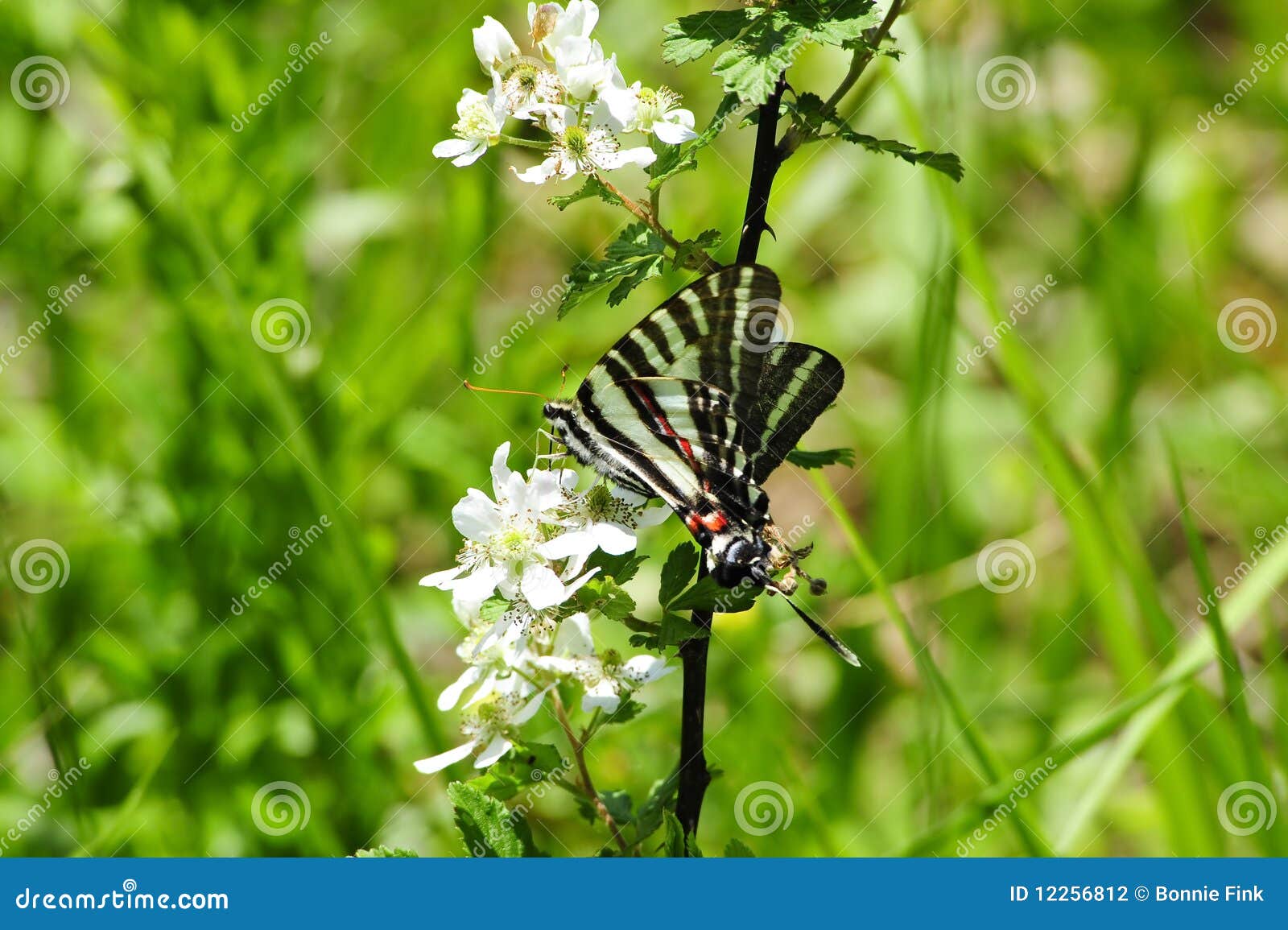

Gardens: The center features a variety of gardens, including wildflower meadows, rock gardens, and themed gardens such as a butterfly garden and a hummingbird garden. They work to educate the public about the importance of native plants and to encourage their use in landscaping and gardening. Mission: The center is dedicated to promoting the use and preservation of native wildflowers and plants.

Location: The center is located in Austin, Texas, and is surrounded by rolling hills and scenic vistas. If you’re a fan of wildflowers and nature, the Lady Bird Johnson Wildflower Center is definitely worth checking out. If you can, please support the Lady Bird Johnson Wildflower Center. It would be so exciting if we could regain the knowledge we have lost in this area. It may very well be that we have lost some knowledge of host plants for this butterfly.Īnd please let me know here if you notice Black Swallowtails using any of these plants.

If you notice Black Swallowtail caterpillars on any of those plants, take a photograph and send it to the Lady Bird Johnson Wildlflower Center. I am not suggesting that you stop planting parsley, dill, or carrots for the Black Swallowtails in your butterfly garden, but fennel can be a little aggressive in the garden, and Queen Anne’s Lace is invasive in many areas (but is a main ingredient in many wildflower mixes which I call “meadow in a can”), so I’d avoid both of those.ĪND, if any of the above native plants are appropriate to your site, add them to your garden.ĪLSO, plant some of the other 82 native Apiaceae species and watch them diligently. Polytaenia nutallii (Nuttall’s Prairie Parsley).Polytaenia texana (Texas Prairie Parsley).Into the search box and ended up with three species: So I entered “Black Swallowtail host plant” I searched on Apiaceae and discovered that there are 82 native members of this family, many of them endangered.īut, not all of them stated that they were a host plant for the Black Swallowtail. They have an amazing plants database which is searchable by plant family. Now I am nothing if not determined, so several hours later I FINALLY found the answer at the Lady Bird Johnson Wildflower Center. Same story online, even at native plant society pages. I paged through all of my butterfly gardening books, but each and every one of them said the same thing: “Black Swallowtails use members of the carrot family ( Apiaceae) including parsley, fennel, dill, Queen Anne’s Lace, and carrots.” But I started to wonder what these caterpillars ate BEFORE the European settlement when none of those plants were present in this country. This is such a beautiful creature, and YOU can do something as simple as planting parsley, dill, fennel, carrots in your garden to provide a food source for the caterpillars in addition to flowers to provide nectar for the adult butterfly! Carrots, Parsley, Dill, Fennel, Queen Anne’s Lace: not nativeĪnd this is a very true statement, Black Swallowtail caterpillars do, indeed, use all of these as host plants. Last week I used a photo of a Black Swallowtail Butterfly in a post, which prompted one of my favorite Ecosystem Gardeners, Cindy Brown Ahern, to post this comment on Facebook:


 0 kommentar(er)
0 kommentar(er)
